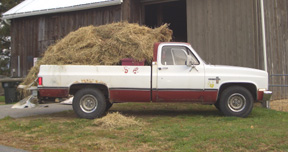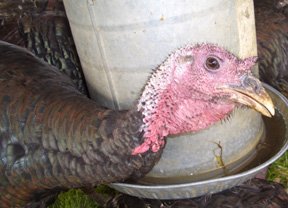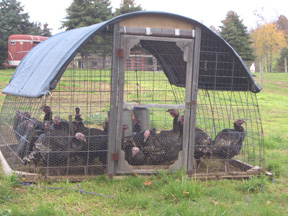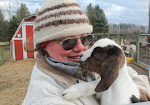 I love fall. Maybe I should clarify that statement. I love eating in the fall. The early frosts bring out the sweetness in the chards, kales and brussel sprouts. The vines on the all the potatoes die back signalling their readiness to be dug from the earth softened by autumn rains.
I love fall. Maybe I should clarify that statement. I love eating in the fall. The early frosts bring out the sweetness in the chards, kales and brussel sprouts. The vines on the all the potatoes die back signalling their readiness to be dug from the earth softened by autumn rains.Digging veggies liberates that earthy aroma--the familiar fragrance mixed of mineral, decaying organic material and the vegetables themselves. I love the way the dirt clings to my fingers as I snap the sun chokes off the root ball that once supported sunflower-like stems towering over six feet. "Choke" is an appropriate name for them since they literally choke out everything in the surrounding area. Right now the horseradish is fighting for its patch in the perenial garden and the noduled tubers are encroaching into the herbal district.
Another aspect of fall is with the cooler weather comes butcher time. A few weeks ago, we had to slaughter a goat for roasting at a picnic so at the same time, we did a lamb for the freezer. Ralph was going out of town, Jessica was going to a friend's for the weekend so I vacuume-packed all of it until tonight.
It feels really good knowing that only an hour earlier the roasted sweet potatoes and russets, sun chokes, onions and carrots on our dinner plates were still snug in the garden and the lamb chops led a bucolic life in pasture prior to a quick and humane dispatch. I rest easier knowing that lamb was slaughtered and packaged in a clean environment...my backyard and my kitchen. My vegetables have been fertilized with rich compost made from the manure of grass-fed animals...no O157 E. coli on my salad greens.
Raising healthful, natural and safe food for ourself and others is a lot of hard work, but when I am able to sit down to a meal, such as tonight's, it puts a season of our labors into perspective.







